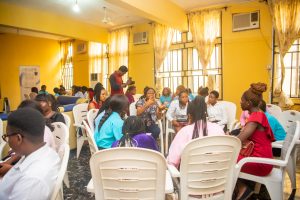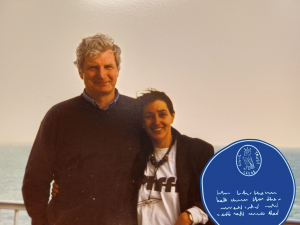Cafe Scientifique is a place where, for the price of a cup of coffee or a glass of wine, anyone can come to explore the latest ideas in science and technology. Meetings take place in cafes, bars, restaurants and even theatres, but always outside a traditional academic context.

For general enquiries, email Cafe Sci.
Celebrating Duncan Dallas, founder of Cafe Scientifique

On Wednesday 17th April 2024, Leeds Civic Trust will unveil a blue plaque to commemorate Duncan Dallas (1940-2014) and Elizabeth Brice (1957-2011).
The blue plaque celebrates their remarkable achievements. Duncan was the founder of the worldwide Café Scientifique movement, while Elizabeth was a leading campaigner for the medical use of cannabis.
Their joint plaque will be placed at the house in Chapel Allerton, Leeds, UK where they lived. This is the first blue plaque unveiled by Leeds Civic Trust for two people from the same household who each merit the award of a blue plaque in their own right.
The plaque was sponsored by kind donations through a crowdfunding campaign, including from members of the Leeds (Chapel Allerton) Cafe Scientifique. This cafe, which Duncan started in 1998, was the first cafe scientifique in the UK.
Cafes online
Many cafes around the world are ‘joinable’ online. Join them if you can – the beauty of an online cafe is that you can join from anywhere.
The ones I know about are:
- Manitoba (Canada)
- Romsey
- Northampton
- Brampton
- Bristol
- Stockton on Tees
- Leeds Headingley
- Leamington Spa
- Woking
- Bradford
- Brighton
- Daresbury
- Wantage
- Henley on Thames
- Falmouth
- Winchester
- Oxford
- Glasgow
- Cafe scientifique francais d’ecosse (Glasgow/Edinburgh)
- Annapolis (USA)
- Hudson Valley (USA)
- Saskatoon (Canada)
Ann
